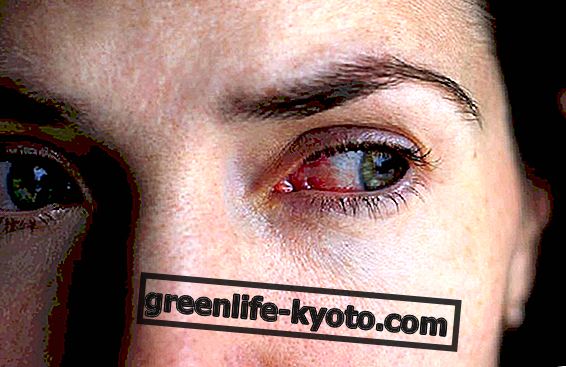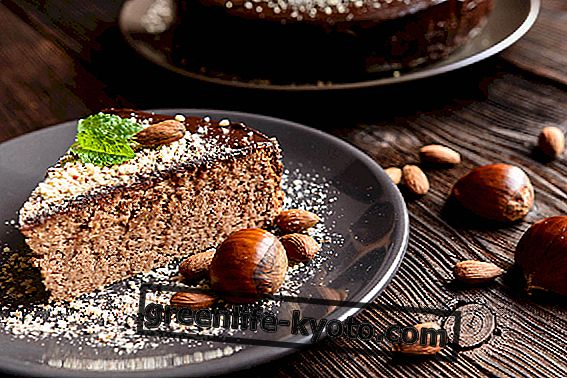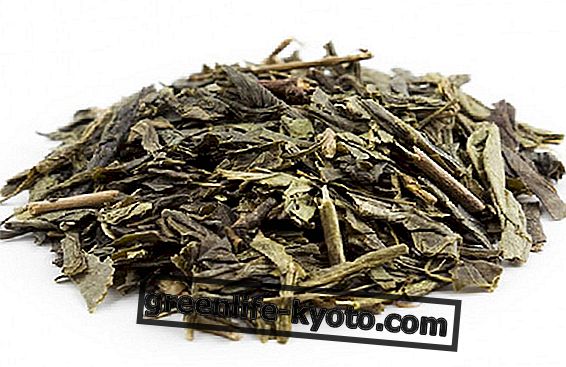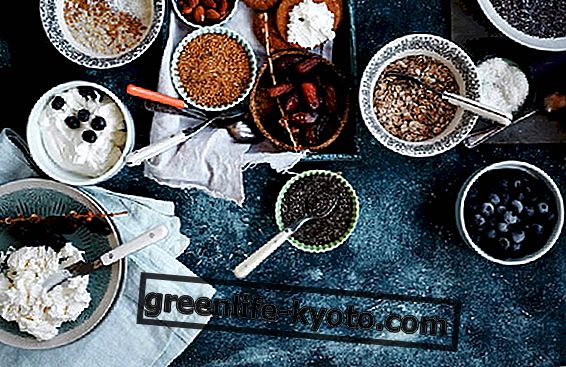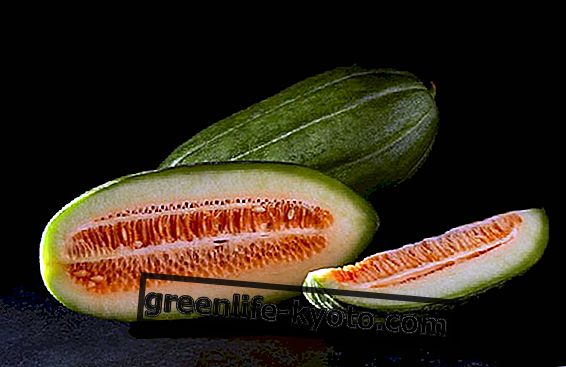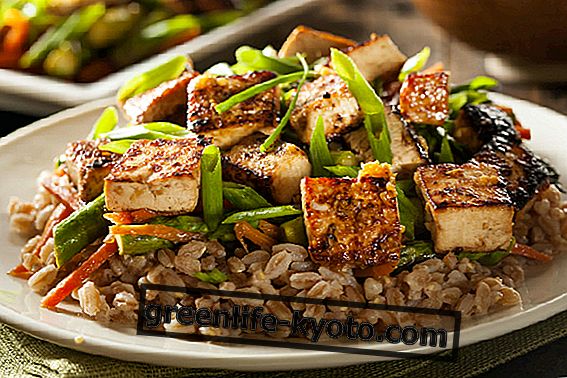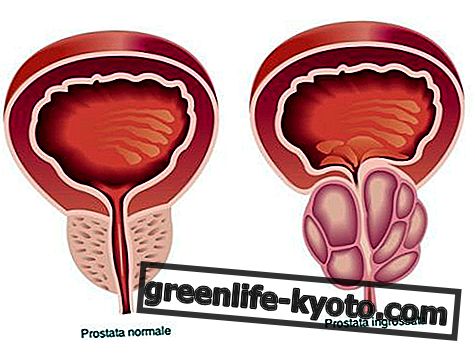Foods rich in calcium, such as milk, broccoli and lentils, help to heal and harmoniously grow the body . Let's find out better.
>
Milk, source of calcium

Properties of calcium
In the human body, calcium is found mainly in bones, about 99%, in teeth, but also in muscle tissue and plasma. The calcium contained in the bones is essential to maintain the load-bearing and structural function of the organism, but not only.
Calcium helps to regulate certain functions, among these are: the balance of the nervous system, muscle contraction, regulation of hormones, such as insulin, and enzymes . Calcium is available in different types of food.
The sources of calcium par excellence are milk and its derivatives, but it is also found in vegetables, legumes, dried fruit, eggs, algae and fish products, and even spices.
Major calcium-rich foods
Milk and derivatives
Milk, not only the whole one, indeed, even better if skimmed, and its derivatives contain high amounts of calcium. Suffice it to say that a glass of milk contains about 300 mg of calcium. Yoghurts, cheeses and powdered milk contain them in good quantities, although they are not always adequately absorbed by the body due to the presence of other limiting minerals. Aged cheeses, such as parmesan, generally contain more than twice as much calcium as fresh ones.
eggs
The red of the egg contains a lot of calcium, it is about 33mg per egg, and other minerals, vitamins and important proteins. Football is obviously prevalent in the shell, a part that cannot be eaten.
Broccoli, broccoli, spinach and turnip greens
They are among the absolute richest in calcium vegetables. In spinach we find about 100 mg per 100 grams of product, a little more in broccoli and turnip greens.
Beans and lentils
Legumes are rich in calcium, especially faglioli and soy. A bean dish contains about 100 mg of calcium. 100 g of soy beans cooked without salt contain 102 mg of calcium.
Dried fruit
Dried fruit contains more calcium than dried fruit, think of apples and dried apricots. Also almonds and hazelnuts are rich: 240 mg per 100 grams of almonds and about 150 mg of calcium per 100 grams of hazelnuts.
Algae
Among the various types, kombu seaweed is particularly rich in calcium and mineral salts. In this case it is excellent both fresh and dried; a couple of tablespoons of kombu seaweed contain about 17 milligrams of calcium, or about 1.7% of the recommended daily dose.
Pepper and rosemary
Among the spices and aromas, rosemary and pepper are the most suitable to enrich the dishes of the precious mineral. 100 grams of pepper contain just over 400mg of calcium, while rosemary is slightly less, just over 300mgrams per 100 grams of product.
You can learn more about the properties and benefits of black pepper

Daily soccer requirement
The adult daily calcium requirement is about 800-1000 mg, so for children. Calcium intake is slightly higher (1200mg per day) for girls and boys in development, in pregnant women, during lactation and with the arrival of menopause and to prevent osteoporosis. It is around 500mg in newborns .
A meal rich in calcium
Here is an idea to enrich your day with football: pasta with turnip tops and omelette with spinach and bean salad and kombu .
Pasta is very easy to prepare, choose it in the format you prefer. After cleaning them, boil the fresh turnip greens for about five minutes by adding only a little salt at the end of cooking; add the pasta and, once cooked, drain everything together. Season with extra virgin olive oil (preferably from Puglia!) Raw.
For those who love stronger flavors, you can saute the pasta with chilli and garlic for a couple of minutes.
For the omelette, for a couple of people: beat three eggs with three pinches of salt, one of pepper, a couple of tablespoons of milk and grated Parmesan cheese and a handful of fresh spinach, previously scalded and drained well. Then cook the omelette in a pan, turning it on both sides. Finish with a side dish of boiled Borlotti beans or cannellini beans, to which you have added a few strips of kombu seaweed left to soak for a few minutes, soy sauce, pepper and extra virgin olive oil.
